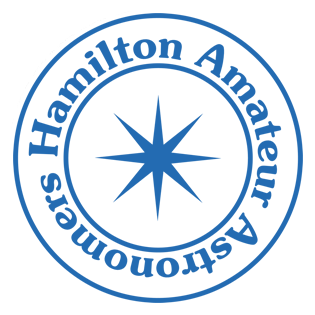Introduction
Here are reports on the recent readings from the LOFAR II radio antenna, and their compliance with GOES 10, 11 & 12 readings.
I became involved with this project, at my own expense, to involve HAA with a network of like observatories, work on solar (‘stellar evolution’) research, make contributions to variable readings, compare our results with satellite output (So far, we have been right on the money!) and supply data to HAA membership that might wish to know about sunspots developing, meteor showers, auroral activity and, if we’re lucky, GRB’s. The learning curve has been steep. I have two domiciles to manage and am involved with numerous other activities. So, working on this project has been whenever I have been able to find blocks of time. It is not like visual-photographic-spectroscopic studies where the target is either acquired or it is not. There is not a radio system, anywhere, that is ‘turnkey’. Most of the time, one is ‘feeling’ one’s way along the procedure. You can’t see the image. Several weeks ago, I had almost given up, after 8 months. Then, things started to happen. It seemed that it was too good to be true. However, it is not. We have a great system here and it works independent of weather, all day, every day! Like SNO, it is totally indoors. We now have two receivers: one operating @ 0.52-30 mHz and 87.6-108.6 mHz; the other @24.0 kHz. It is truly an ITT – information technology telescope.
November 10, 2007
At 9:43 PM our signal is ~1.25 V which is exactly where it should be for a quiescent sky condition at night. Saw Comet Holmes in binoculars earlier this evening, too. Skies are full of water vapour and not very transparent.
November 12, 2007
There were some unsettled readings (minor) from 8:30AM-12:55PM EST and 1:53-3:07PM EST. All were below an A-class but exerted some minor influences on our readings. They were confirmed with GOES 10,11,12 satellite readings.
November 13, 2007
Tonight, at 8:30-9:20 PM EST, we had a bottom-line A-class x-ray emission from the sun. I don’t know when it was ejected, but it hit the ionosphere at the above time.
From ~9:53-10:04 PM EST my cable was reduced to an ‘antenna’ that allowed HTZ FM(air signal) to swamp WNED FM(cable station) during this lull between low-level x-ray bursts. When the second burst hit at 10:04 PM EST the cable signal had already recovered, but through-the-air transmission of WNED FM suffered interference. Again, this is confirmed with GOES data!! This ‘guy’ is going to be one of HAA’s most valuable assets.
November 25, 2007
Sunday, November 25/2007 @ 00:30 we were hit by a very minor solar outburst. It is shown on the GOES 11 satellite site and we had a significant voltage rise and fall over that period of time ~00:15 – ~01:30.
December 2, 2007
We had a beauty of a B5 flare from the sun at ~ 3:00 PM EST that GOES 11 nailed. Sadly, we missed it because we were too close to sunset. So, it hit the other ‘side’ of the world and not us.
December 6, 2007
We show an output curve close to the GOES data. There is nothing spectacular beyond a mid-A output. However, it very closely resembles the GOES readings.
Our readings should be ~ -1.25 to -1.50 V @ 12:11 noon and we are getting ~0.0. This would indicate a rise in general solar activity, much of it probably having to do with the ‘new’ sunspot group.
December 11, 2007
SUNSPOTS — We are getting quite a steady and strong ‘wind’ from the sun. LOFAR II voltages are ~1V too high. It is hitting us at a B-level and is probably due to that monster sunspot grouping dead in the middle of the sun. The radiation from it is very intense and, I assume, very steady. It is about 1/10th of the sun in diameter. That would make it 10 Earths wide!!
December 18, 2007
You can see how much Stanford loves us!!!! Maybe we’ll be invited down for a talk or to see the solar centre. I may go to SAS in 2008 to present our spectral work and LOFAR II. Her remarks refer, I assume to all of our mailings, but this follows on the heels of Dec. 18/07 UT. -Mike
> Date: Tue, 18 Dec 2007 21:36:15 -0800
> From: dscherrer@solar.stanford.edu
> To: rasc2010@hotmail.com
> Subject: Re: LOFAR II – data for Dec. 18/07
>
> D*mn, you are blowing us away here. This is awesome!!!!
>
> Debbie
>
> Michael Jefferson wrote:
> > Hi Deb, This is a beauty! We bagged a C-1 @ UT 13:14!! and it is
> > right on the money with GOES. A second C is a 0.5 @ UT 20:51 and is ~ 2
> > hr.s behind GOES which I think may be due to us rotating away from it
> > and we are going into sunset at the time. It is way down in the evening
> > trough!!! Cheers!
